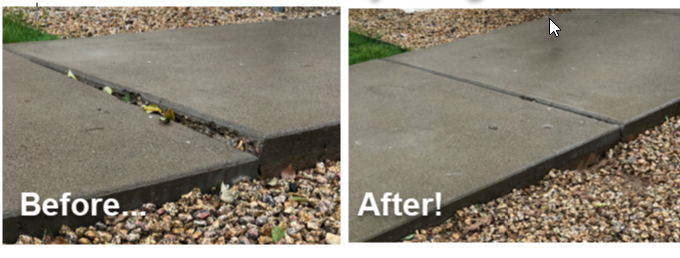The Basics of Concrete Slab Leveling
The Basics of Concrete Slab Leveling
Before you use this service to correct a trip hazard, you should know the basics. First, let's talk about what is Mudjacking. Then, let's look at what polyurethane injections are and what role they play in concrete slab leveling. In addition, you'll learn how to avoid the pitfalls of this service and the differences between Mudjacking and other concrete leveling methods.
Concrete Slab Leveling for Trip Hazards
Lifted concrete is a major hazard, and can result in ADA lawsuits. To avoid these lawsuits, make sure your concrete is level and flat. You can grind or scarify your slab using either a gasoline, electric, or propane-powered grinder. These machines can level and smooth out the concrete surface to a depth of about 1/8 inch. A professional company will be able to use a combination of these methods.
In addition to being embarrassing, a tripped hazard on uneven concrete is dangerous. It can lead to skinned knees or broken bones. Moreover, if you have a business, your customers and employees may fall in a puddle. If you've fallen on uneven concrete, it's vital to level the area. In addition, it's important to contact your local government to learn about the rules.
What is Mudjacking?
If you've ever heard of the term "mudjacking," you may have wondered what it is. Mudjacking is the process of raising a slab of concrete by drilling holes in it and pumping a material under the surface. The process is similar to the one used to lift a building or a house with foam insulation. It costs about $15 per square foot, but the difference is that PolyLevel will last for years.
The process is faster than replacing the entire concrete slab. Mudjacking repairs are more cost-effective than replacement, as it doesn't require expensive equipment or workers. It also sets much faster, taking only a few hours as opposed to days or even weeks. Additionally, mudjacking is less disruptive than the traditional process of replacing a concrete slab. It can be used to fix a cracked sidewalk, garage floor, or driveway, and is far less expensive than replacing the entire surface.
Mud V.S Polyurethane Injections
If you are wondering whether you should opt for mud or polyurethane injections for concrete slab leveling, then you are in for a surprise. Mud uses mud jacking, while polyurethane injections use a polyurethane foam. Both methods use the same technique, and both are a safer option since they do not leach harmful chemicals into the soil.
In mudjacking, holes are made into the soil beneath the concrete foundation. These holes are bigger and harder to patch. Once a hole is made, slurry or foam is injected in huge quantities to fill voids and stabilize the concrete slab. Polyurethane injections are better for areas that experience heavy water or other elements. They will fill voids underneath the concrete slab and restore it to its level.




